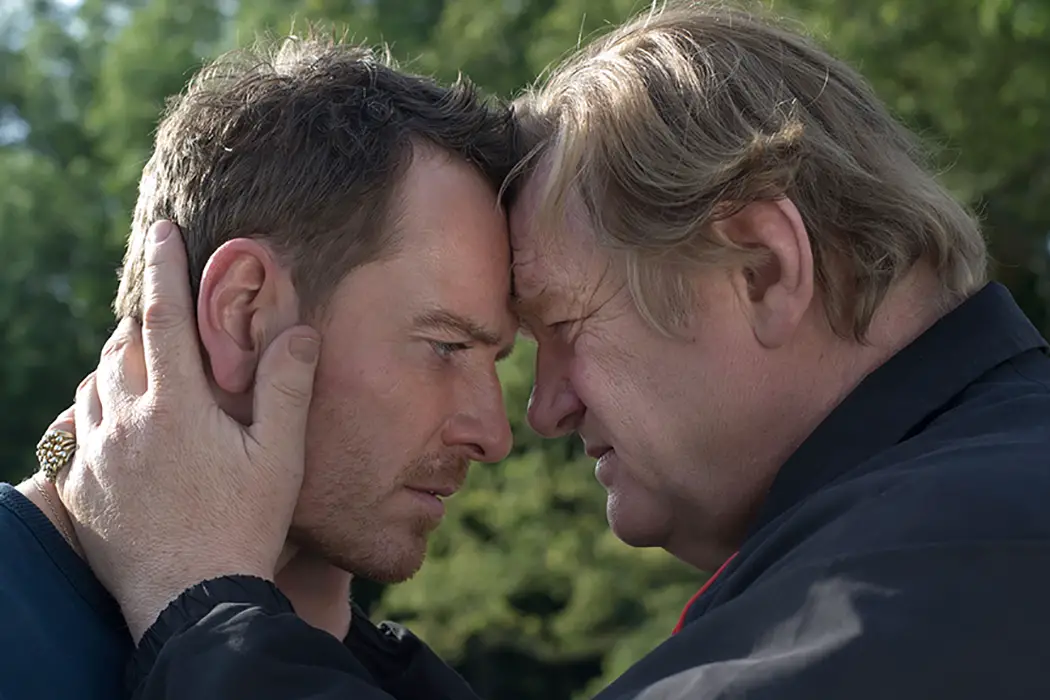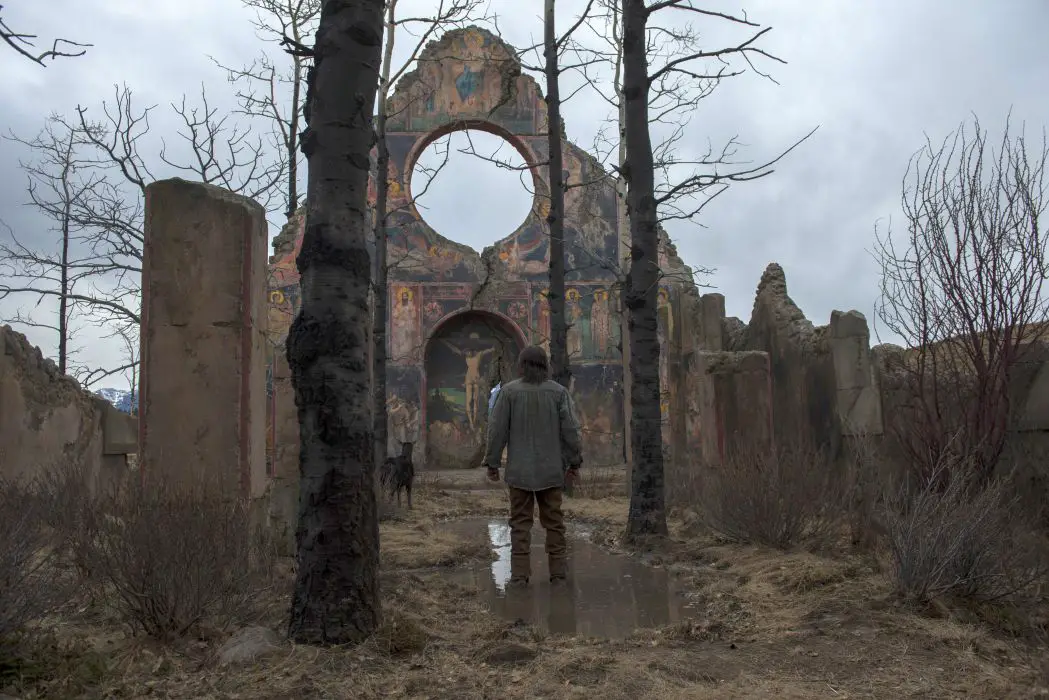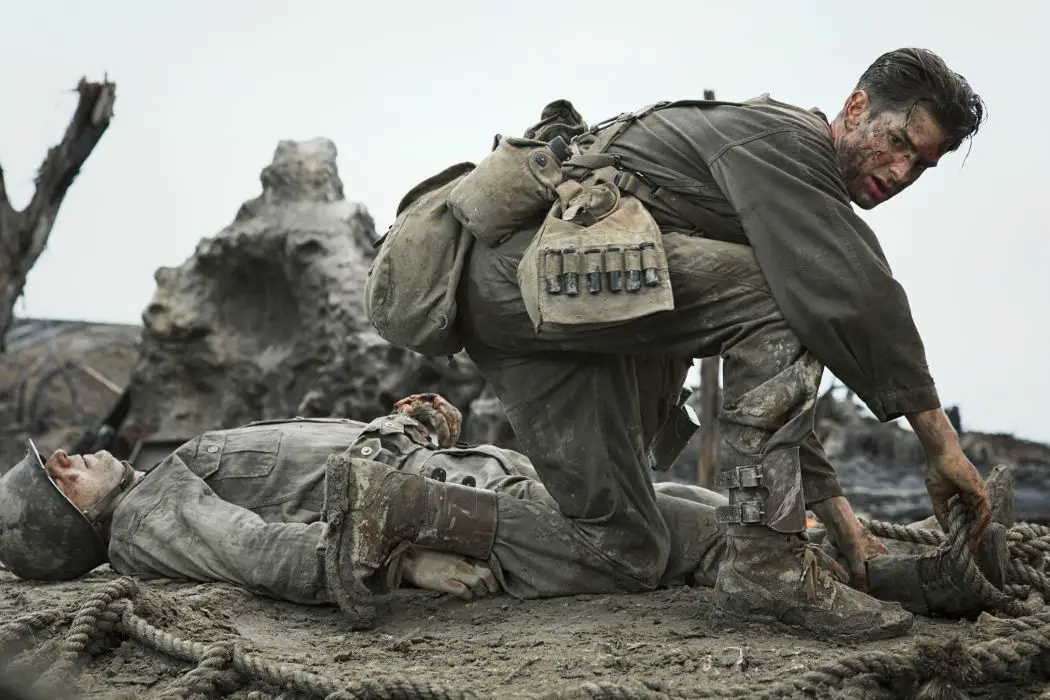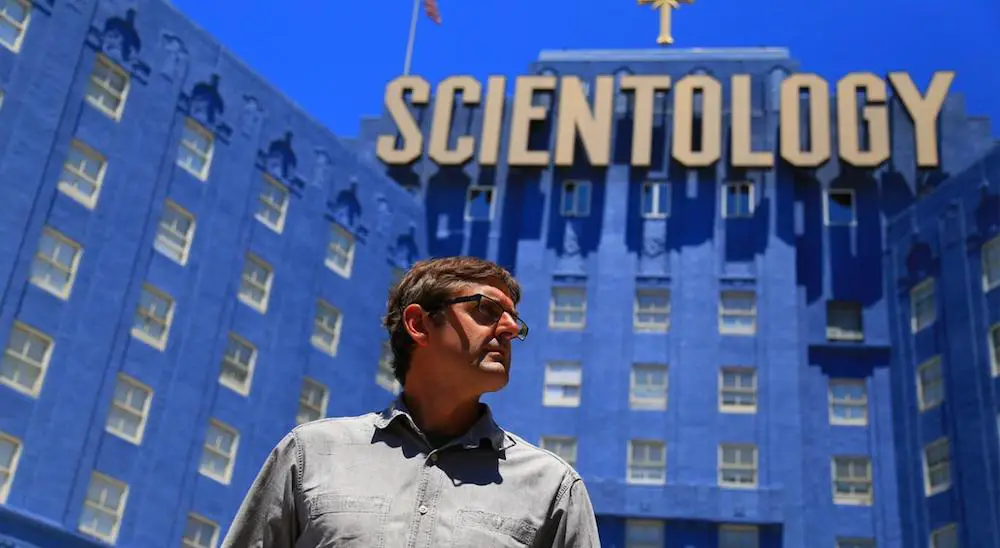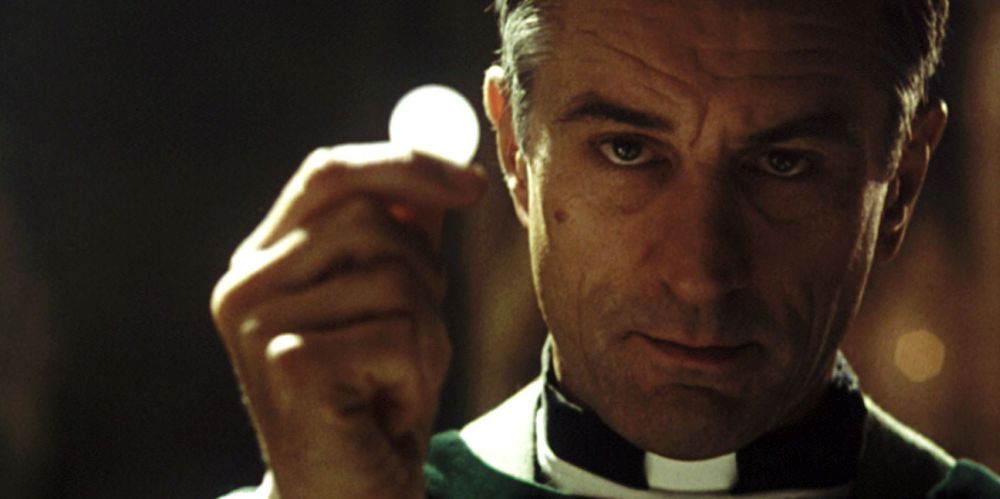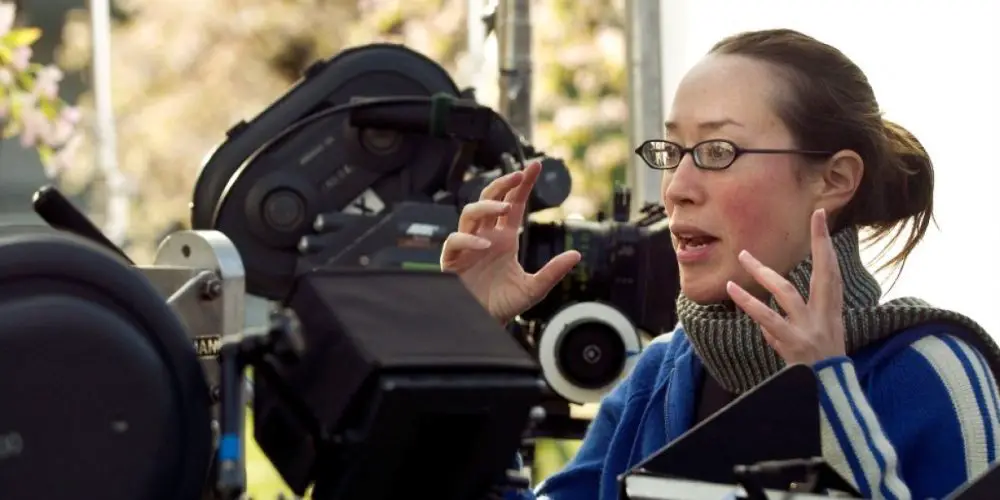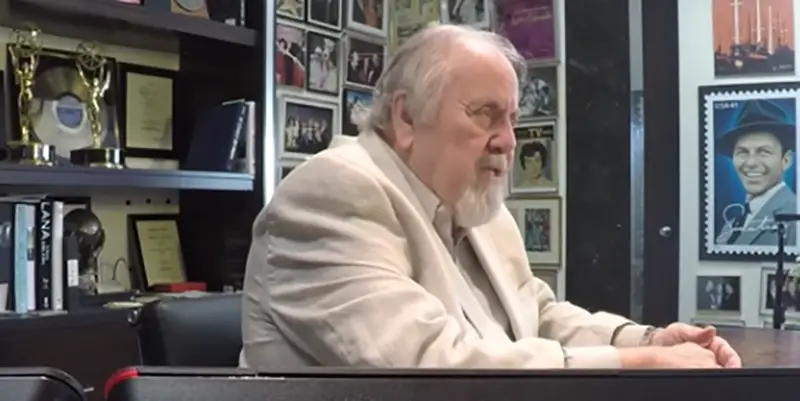religion
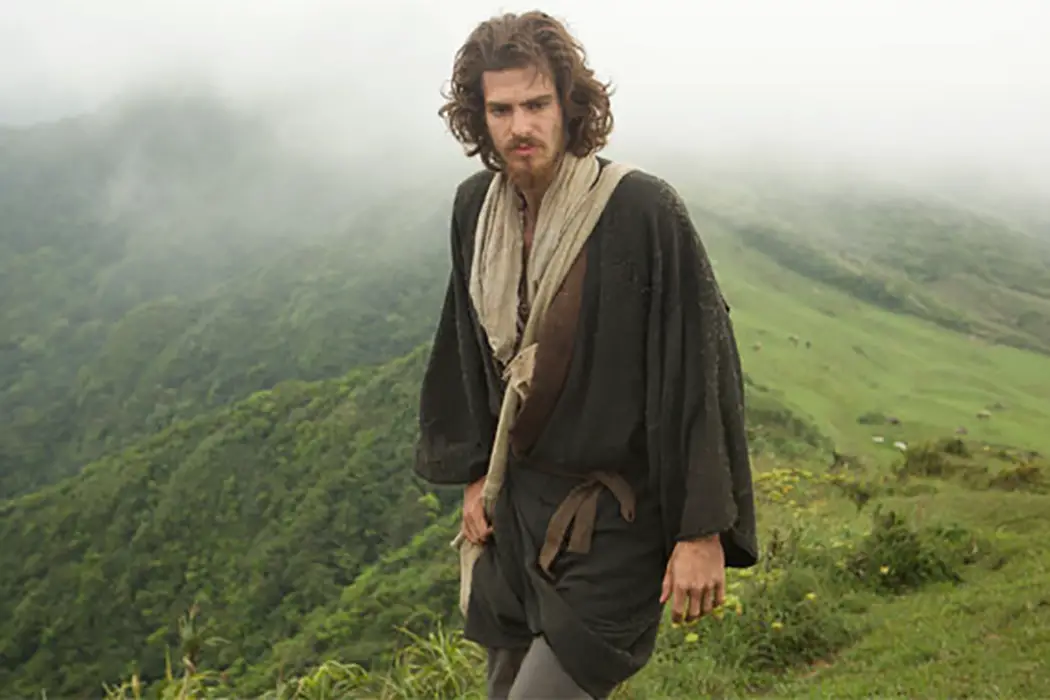
Martin Scorsese’s Silence begins with a dark, blank screen, with only the gentle humming of cicadas heard on all sides. It then immediately opens up to an overcast shot overlooking the banks of a river, where numerous people are being strung up and tortured. Such a peaceful moment undercut by extreme violence is very much an indication of what’s to come.
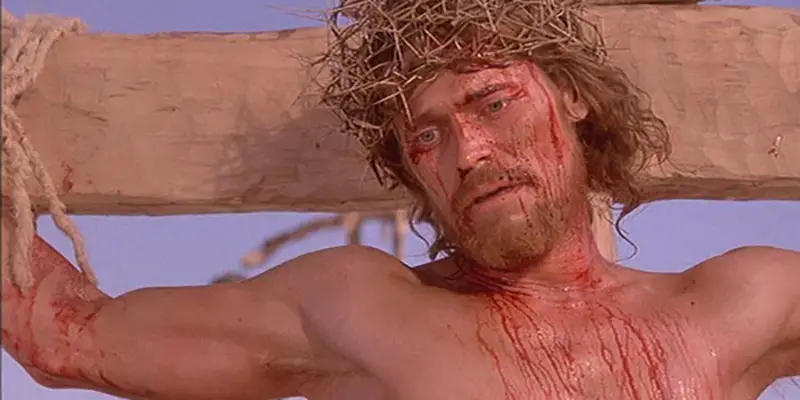
Religious figures and various saints have been on film since the birth of the medium. It can be tricky for a director to present the story of a venerated character, as they can mean many things to different people. In both Carl Theodor Dreyer’s The Passion of Joan of Arc and the Martin Scorsese picture The Last Temptation of Christ, the directors brought their own religious visions to screen, although not without controversy.
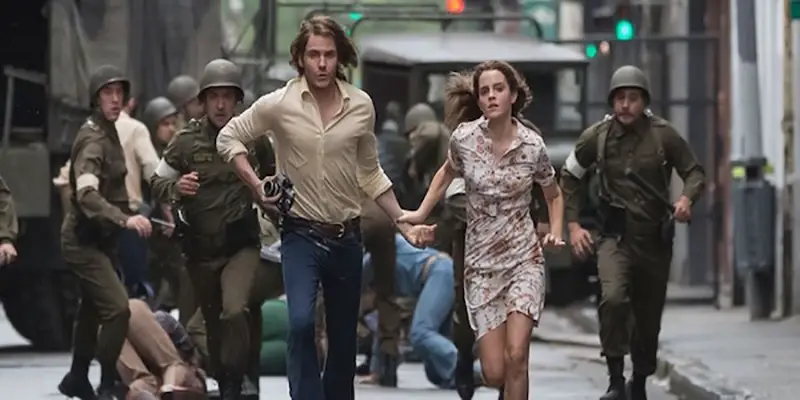
In 1973, Augusto Pinochet seized power in Chile and demoted the previous civilian rule to replace it with a military dictatorship. Colonia Dignidad, commanded by Paul Schäfer and other allies of Pinochet, served as a prison for political detainees under his regime, despite the bastille being concealed by the veneer of a farming commune. With a historical premise as intriguing as this, it’s unfortunate how much Colonia’s (also known as The Colony) filmic portrayal falters more than it succeeds.
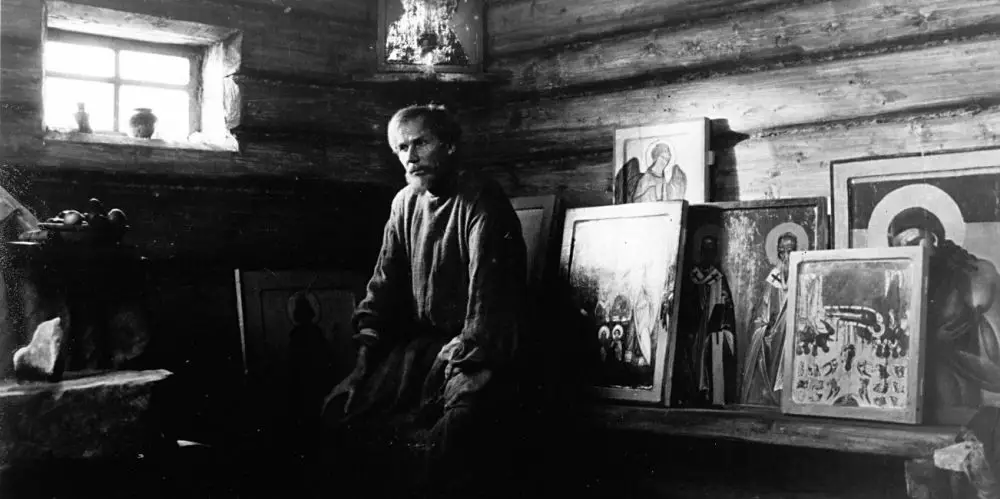
For Russian director Andrei Tarkovsky, the artist was inextricably joined to his society, both its benefits and its ills. Tarkovsky defined these colloquies between society and an individual artist as “dialectics of personality.” In other words, individual development was indefinably caught-up within personal and distant interactions with a society.
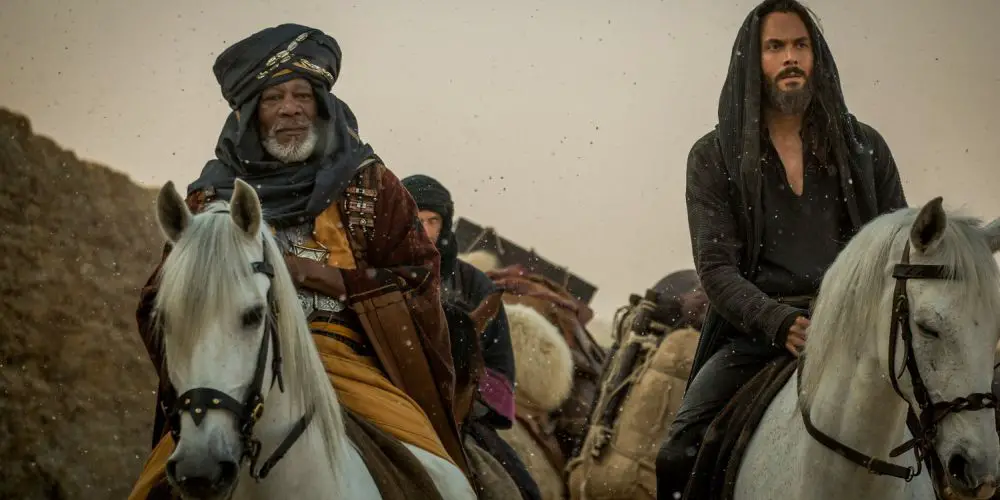
Ben-Hur actually opens with the horses getting ready to bolt from the gates for the chariot race. That will seem heretical to audiences familiar with the Academy Award winning 1959 version of the story. Younger moviegoers may not even realize this is a remake, and may not even realize that the phrase “chariot race” used to refer to a big movie’s big action climax.
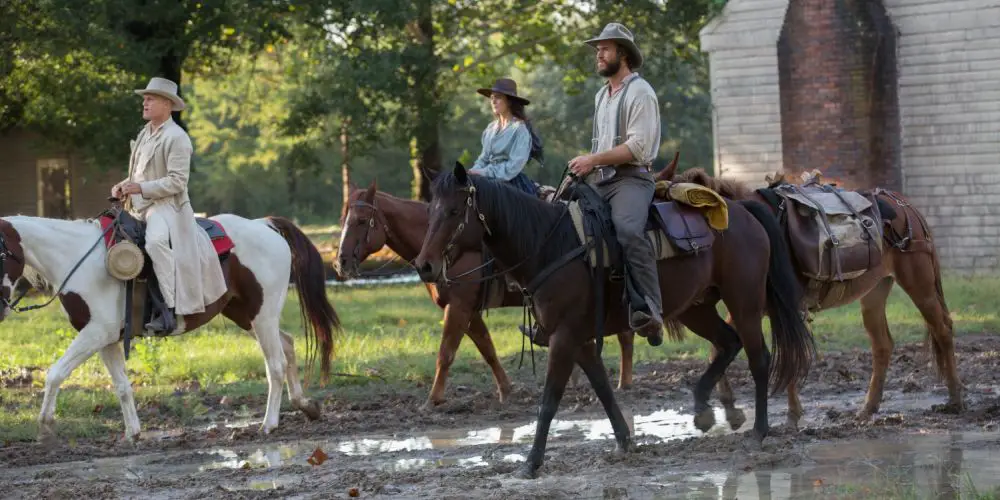
Though starring two A-list actors, The Duel went mostly under the radar when it was first released, opening to limited theaters and VOD. It’s not shocking that audiences wouldn’t flock to see a Western since the genre is not nearly as popular as it used to be, yet in recent years it seems to be making a comeback. Films such as The Hateful Eight, Slow West and Bone Tomahawk have been surprisingly successful, with future Westerns in the pipeline that could be even bigger hits (The Magnificent Seven remake being one example).
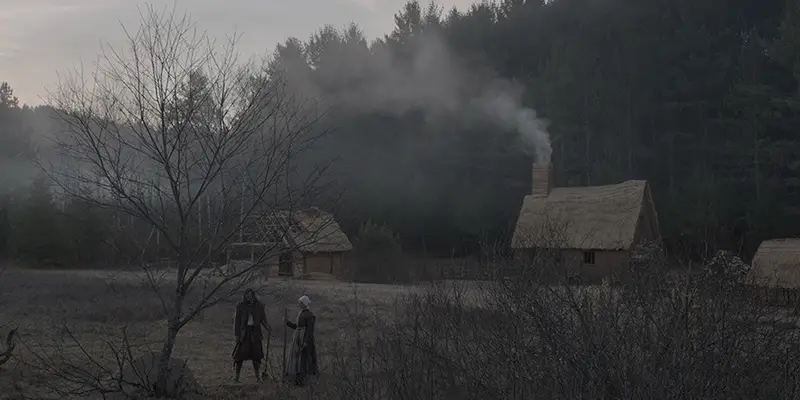
Set in 1630, Robert Eggers’ The Witch follows a family banished from a Puritan community and forced to live, isolated and penniless, in a remote woodlands shack. Soon, malevolent forces begin to molest the kids and infect the goat, and the family is engulfed in a maelstrom of religious hysteria and occultist magic. With its deeply unsettling atmosphere and frenzied performances, The Witch has (not undeservedly) become one of the most acclaimed horror films of the new millennium, with many critics praising its attention to detail and the slow-burning tension of its narrative (as well as its mascot:
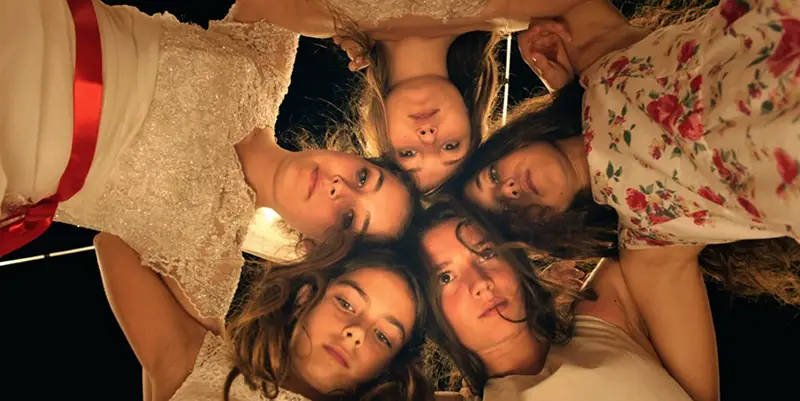
Every year, we get countless reports that there isn’t enough diversity in Hollywood storytelling. In the past couple of weeks alone, GLAAD’s annual media report has shown that LGBT diversity is only visible in TV, whilst Asian-American actors have begun a protest website called “Starring John Cho”, to highlight the lack of leading roles given to people of their ethnicity. A story that needs to be told There was a line in GLAAD’s celebration of diversity in independent cinema that rung alarmingly true, as they highlighted that diverse audiences shouldn’t have to look to the arthouses for films that relate to them.


